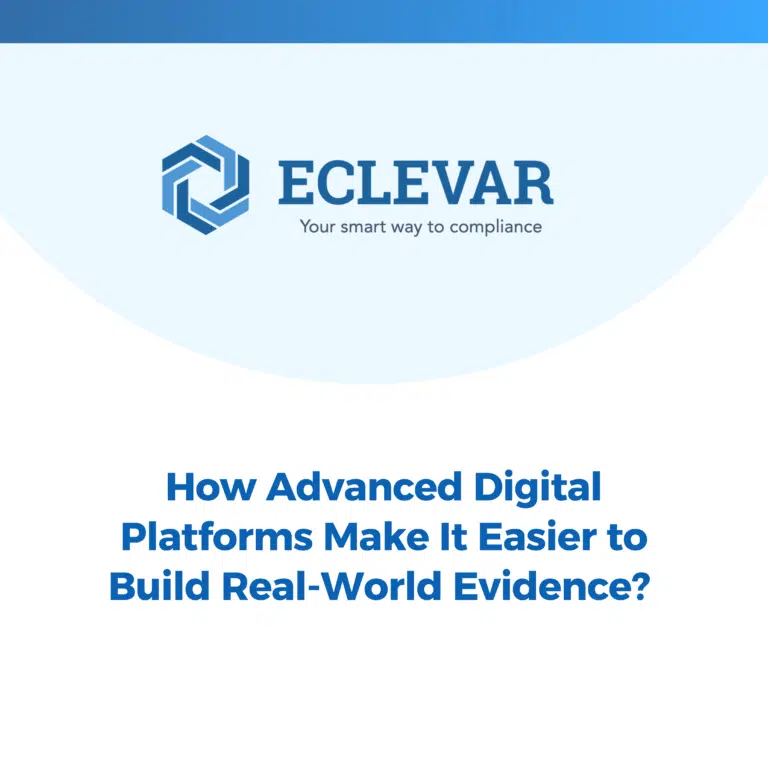How Advanced Digital Platforms Make It Easier to Build Real-World Evidence
In this blog, we discuss how recent advancements in digital platforms transform best practices for building Real-World Evidence (RWE). Among developed countries, the US and EU member states have been encouraging the use of real-world data for regulatory decisions. Thanks to improvements in electronic medical record availability and digital tools for collecting and analyzing hospital records, the use of real-world data (RWD) and evidence (RWE) is becoming more practical for regulatory submissions such as post-market surveillance (PMS) or expanding indications.
What kind of products need Real-World Data (RWD) and Evidence (RWE)?
The discussion around RWD and RWE began mostly with drugs and biological products, which require extensive monitoring for safety and efficacy in real-life settings to identify and address emerging risks. However, with advancements in medical devices, including medical software such as SaMDs or combination products, the need for real-life clinical evidence for medical devices has grown. For example, the EU MDR now requires post-market clinical follow-up (PMCF) to continuously monitor the safety and performance of medical devices. While the EU MDR does not specifically require RWEs, some PMCF activities include collecting real-world data.
Real-World Data (RWD) vs. Clinical Investigation
Do RWDs replace clinical trials or studies? The answer is no. Controlled clinical studies are still essential, especially in the pre-market phase. However, in the post-market phase, using real-world data is often more practical, cost-effective, and reduces burdens on both patients and clinicians. Collecting RWD can help avoid unnecessary interventional clinical studies apart from routine protocols.
RWD sources include readily available hospital data such as EMR/EHR, patient-reported outcomes (ePRO), and registries. While some sources are more accessible, each comes with challenges for effective use.
Challenges and limitations with RWD
Data quality and completeness
RWD such as EHRs, registries, and insurance claims may lack consistency because they are not collected for clinical research. Data may not accurately reflect outcomes and can introduce bias.
Lack of standardization
Without standardized protocols across data sources or institutions, accurate comparison and analysis can be difficult.
Need for advanced tools
Collecting and analyzing RWD requires reliable, well-designed tools to ensure high-quality evidence generation.
Cost
While RWD is generally less expensive than prospective interventional studies, it is not cost-free. Some platforms for collection and analysis can be expensive.
Best practices in RWD/RWE
If you are a pharmaceutical company, you may have the budget for sophisticated platforms to collect and analyze RWD from multiple sources. If you are a medical device manufacturer using RWD for PMS or PMCF (required under EU MDR), you may need more budget-conscious options. Suggestions include:
- Consult experts who can guide platform selection and RWD strategy.
- Choose platforms that offer modular services so you can start small and add more features as needed.
- Work with providers experienced in the medical device industry, as pharma and medtech have different needs.









